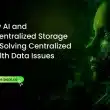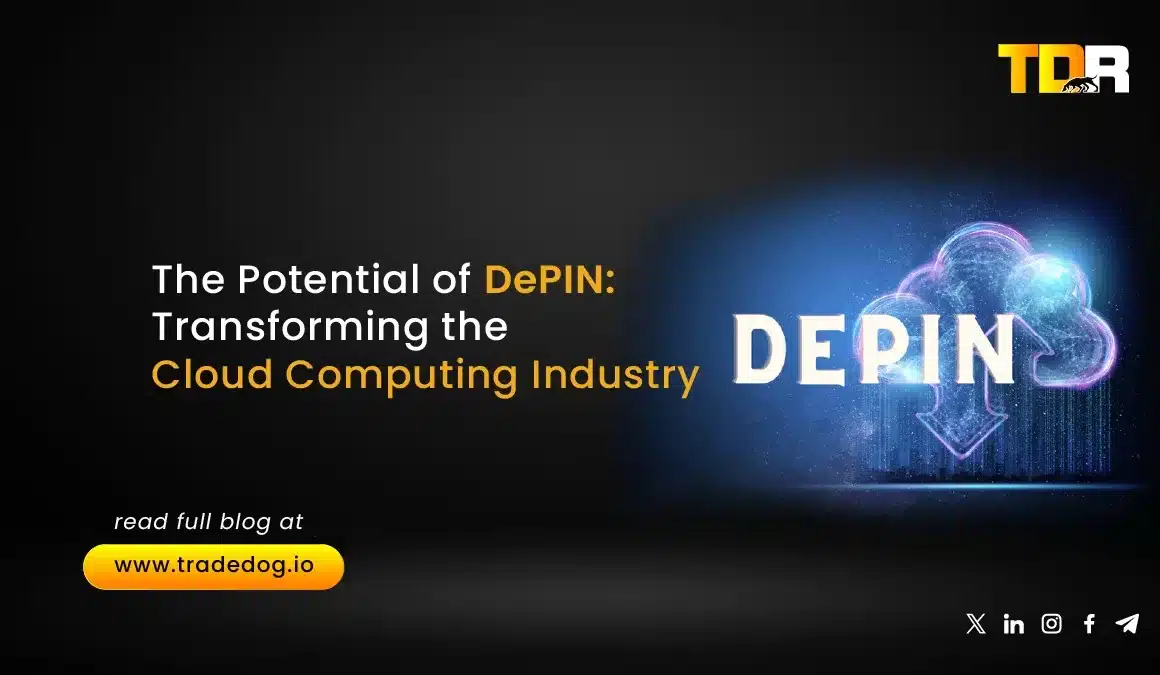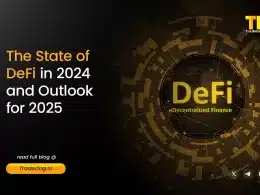Quick Links
Cloud computing has revolutionized business operations, offering scalable, on-demand computing resources that eliminate the need for significant upfront investments in physical infrastructure. As of 2024, the global cloud computing market is valued at approximately $682 billion, with projections indicating a rise to $1.44 trillion by 2029. Despite these advancements, the industry faces several challenges, including high costs, vendor lock-in, and data sovereignty issues. The emergence of Decentralized Physical Infrastructure Networks (DePIN) presents a transformative approach to address these challenges and redefine the landscape of cloud computing.
How DePIN Can Disrupt the Challenges in Traditional Cloud Computing?
1) Security and Privacy: Traditional cloud computing models concentrate data storage and processing in a few large data centers, making them attractive targets for cyberattacks. In contrast, DePIN spreads data across numerous nodes, significantly reducing the impact of potential cyberattacks. Further, blockchain’s inherent security features, such as immutable ledgers and cryptographic protections, enhance data security and privacy.
2) Cost Efficiency: The monopolistic pricing models of major cloud providers often lead to high costs for users. DePIN disrupts this by allowing individuals and organizations with surplus computing resources to offer them in decentralized marketplaces. This competitive environment promotes lower prices and eliminates the need for intermediaries.
3) Eliminating Vendor Lock-In: Vendor lock-in is a significant issue in traditional cloud computing, where companies face high costs and technical difficulties when switching providers. DePIN promotes a multi-cloud or hybrid cloud strategy, distributing data and computing tasks across multiple decentralized providers. This flexibility prevents reliance on a single provider and reduces the risks associated with vendor lock-in.
4) Reduced Entry Barrier: Establishing a cloud computing business is highly capital-intensive due to construction costs, infrastructure requirements, and employee salaries. Consequently, only a few large companies typically have the resources to enter this market, creating a steep entry barrier. DePIN projects bypass the need for setting up these infrastructures by passing the cost of infrastructure to the community which enables projects to offer computing resources with lower overhead costs.
DePIN vs. Traditional Cloud Computing
| Feature | DePIN | Traditional Cloud Computing |
| Security | Data spread across multiple nodes, blockchain-based security | Centralized data centers, higher risk of targeted attacks |
| Cost | Competitive pricing, no middlemen | Higher costs due to monopolistic practices |
| Scalability | Community-driven scaling through incentives | Significant upfront investment required |
| Operational Costs | Lower overall costs | High administrative and maintenance costs |
| Transparency | Blockchain provides auditable records | Less transparent |
| Administrative Burden | Distributed control | Centralized management |
The Future of Cloud Computing with DePIN
The potential of DePIN to transform cloud computing lies in its ability to address the critical challenges of cost, security, and flexibility. As the demand for cloud services continues to grow, DePIN offers a promising alternative that aligns with the decentralized ethos of Web3. The shift towards decentralized infrastructure could lead to a more competitive, secure, and cost-effective cloud computing landscape.








